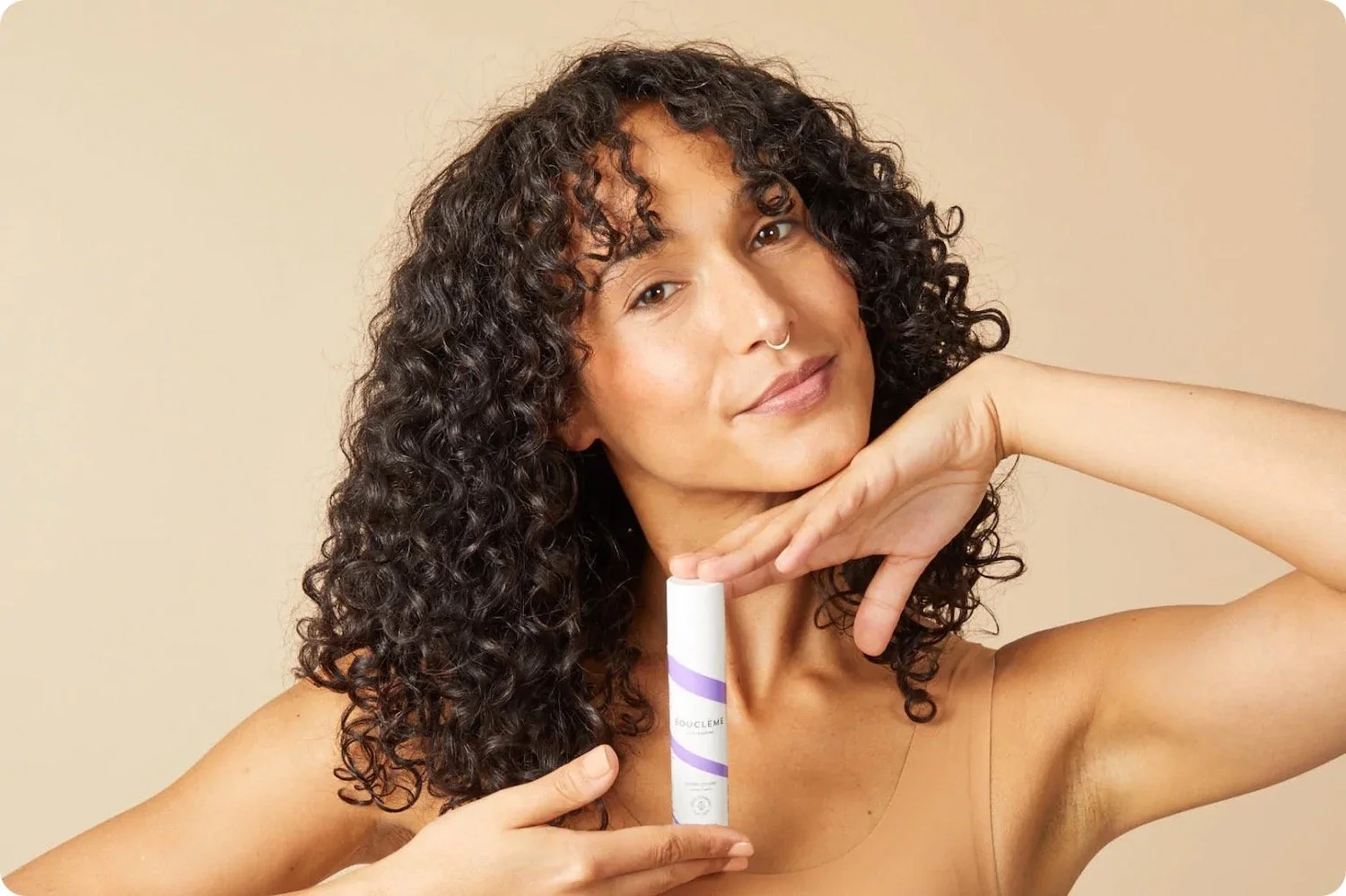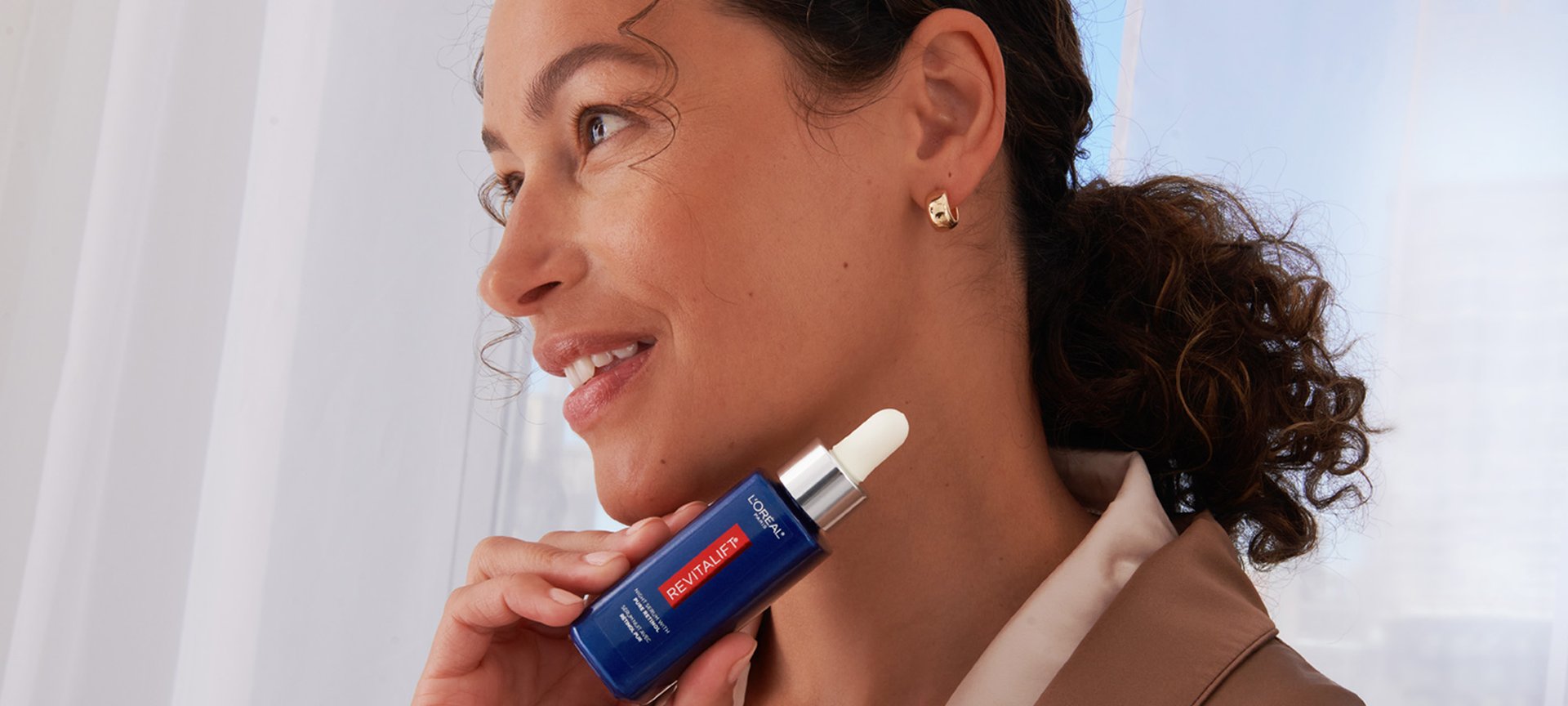Introduction
The global luxury market is undergoing a significant transformation. Once defined by exclusivity and newness, the concept of luxury is now being reimagined through sustainability, accessibility, and conscious consumption. Pre-loved luxury markets—platforms where authenticated, second-hand luxury goods are sold—have emerged as a powerful force reshaping the fashion and lifestyle industry.
This new wave of “circular luxury” not only promotes environmental responsibility but also allows consumers to access high-end fashion, watches, jewelry, and accessories at more attainable prices. Let’s explore how the pre-loved luxury market is redefining the meaning of luxury and what this trend means for both buyers and brands.
The Rise of the Pre-Loved Luxury Market
Over the past decade, sustainability has shifted from a buzzword to a business necessity. Fashion production contributes significantly to global waste and carbon emissions, pushing consumers toward more ethical and sustainable choices. The pre-loved luxury market offers an elegant solution by extending the lifespan of products that were designed to last.
A new generation of consumers—particularly Millennials and Gen Z—is leading this change. They value authenticity, environmental responsibility, and financial savvy. For them, owning a pre-loved Louis Vuitton handbag or Rolex watch isn’t just about status; it’s about participating in a circular economy.
Why Pre-Loved Luxury is Thriving
Several factors contribute to the rapid growth of the pre-loved luxury market. Here are some of the most influential:
| Factor | Description |
|---|---|
| Sustainability | Consumers are more environmentally conscious and want to reduce waste through resale and reuse. |
| Affordability | Pre-owned luxury allows access to premium brands at a lower price point. |
| Rarity & Vintage Appeal | Many discontinued or limited-edition items are only available on the resale market. |
| Investment Value | Luxury items such as Hermès Birkin bags or Rolex watches can appreciate over time. |
| Digital Platforms | Online resale platforms provide global access, authentication, and convenience. |
Authenticity and Trust: The Cornerstones of Pre-Loved Luxury
One of the biggest challenges in the resale industry is ensuring authenticity. Fake or counterfeit luxury products undermine trust and damage brand reputation. To address this, leading resale platforms now employ advanced authentication technologies—such as blockchain tracking, AI image recognition, and expert verification.
Brands themselves are also entering the resale ecosystem. Luxury houses like Gucci and Burberry are exploring official resale channels to maintain quality control and build trust among consumers. This integration between brands and resale platforms ensures that customers receive verified, high-quality items.
The Role of Technology in Shaping the Market
Digital innovation has played a major role in accelerating the growth of pre-loved luxury markets. Platforms like Vestiaire Collective, The RealReal, and Rebag use sophisticated AI tools to price, authenticate, and recommend products. Blockchain technology is increasingly being adopted to provide immutable proof of authenticity and ownership history.
Moreover, the introduction of augmented reality (AR) and virtual try-ons allows shoppers to visualize how items look before purchase, enhancing user experience and reducing returns. The combination of trust and technology is transforming the resale landscape from niche to mainstream.
Sustainability and Conscious Consumption
Sustainability lies at the heart of the pre-loved luxury revolution. Each time a consumer buys a second-hand luxury product, they contribute to reducing the demand for new production, which in turn minimizes resource extraction, energy use, and pollution.
This aligns with the growing global emphasis on responsible consumerism. Much like choosing organic skincare or the Best Essential Oils for Headaches and Migraines for natural well-being, investing in pre-loved luxury is an expression of mindful consumption. Both choices reflect a lifestyle that values quality, longevity, and ethical responsibility over disposability.
Economic and Cultural Impact
The pre-loved luxury sector is not only sustainable but also economically empowering. It creates new job opportunities in authentication, logistics, technology, and marketing. It also supports small resale businesses and independent luxury curators.
Culturally, it challenges outdated notions of luxury being synonymous with “brand new.” Today, luxury is increasingly about craftsmanship, heritage, and personal connection rather than price tags or exclusivity. Owning a vintage Chanel jacket or a rare Cartier piece carries a unique story that new products cannot replicate.
How to Shop Smart in the Pre-Loved Luxury Market
If you’re considering purchasing pre-loved luxury items, here are some practical tips to ensure a rewarding experience:
- Research the Seller – Choose reputable platforms or trusted independent resellers with a strong authentication record.
- Verify Authenticity – Look for certificates, serial numbers, and professional assessments.
- Understand Condition Grades – Most platforms rate products (new, excellent, good, fair). Read descriptions carefully.
- Know Market Prices – Compare listings across sites to avoid overpaying.
- Check Return Policies – A transparent return process indicates trustworthiness.
The Future of Pre-Loved Luxury
The future of luxury resale looks promising. Analysts predict continued double-digit growth over the next decade as sustainability becomes central to brand strategies. Expect to see more collaborations between established fashion houses and resale platforms, digital certificates of authenticity, and even luxury subscription models.
Younger consumers will continue to drive this market, demanding transparency, personalization, and sustainability. What began as a niche segment is now a defining pillar of the luxury economy.
Frequently Asked Questions (FAQs)
1. What is a pre-loved luxury item?
A pre-loved luxury item is a high-end product that has been previously owned but remains in excellent or usable condition. Examples include designer handbags, jewelry, watches, and fashion accessories.
2. Are pre-loved luxury items authentic?
Yes, most reputable resale platforms and luxury consignment stores employ experts and technology to verify authenticity before selling any item.
3. Is buying pre-loved luxury sustainable?
Absolutely. It reduces waste, extends product life cycles, and decreases the environmental impact of luxury production.
4. Can pre-loved luxury items increase in value?
Yes, certain rare or iconic pieces, such as limited-edition handbags and vintage watches, often appreciate over time and can serve as investments.
5. How do I care for pre-loved luxury goods?
Store them properly, clean with appropriate materials, and avoid exposure to humidity or sunlight. Regular maintenance helps preserve both aesthetic and resale value.
Conclusion
The pre-loved luxury market represents the evolution of modern luxury—from exclusivity to sustainability, from ownership to circularity. As consumers embrace mindful purchasing habits, this market offers an elegant path toward a more responsible and meaningful form of indulgence.
Luxury is no longer just about what’s new; it’s about what endures. And in that sense, pre-loved luxury is the future of timeless elegance.











